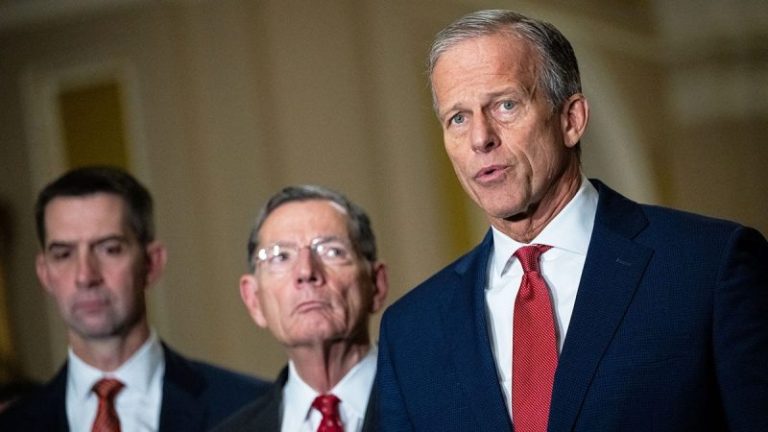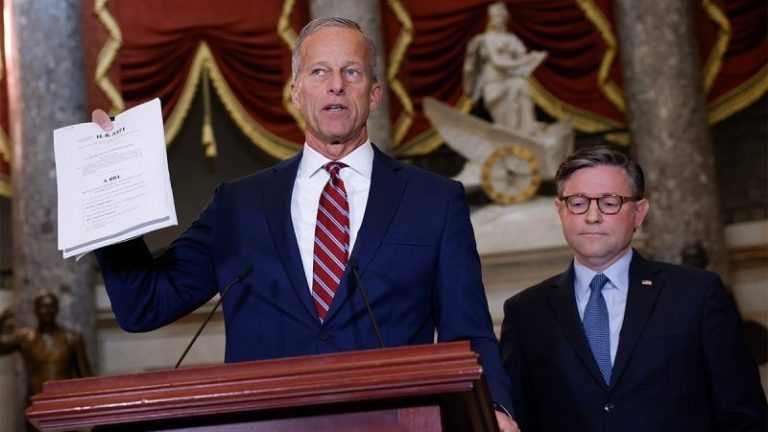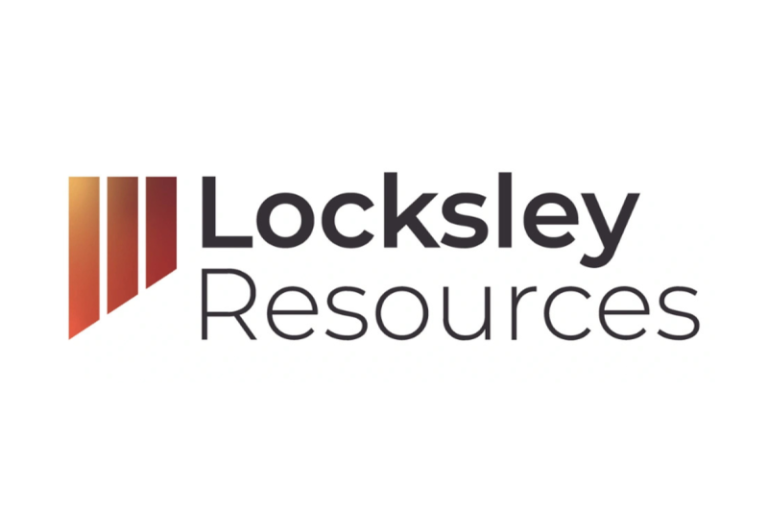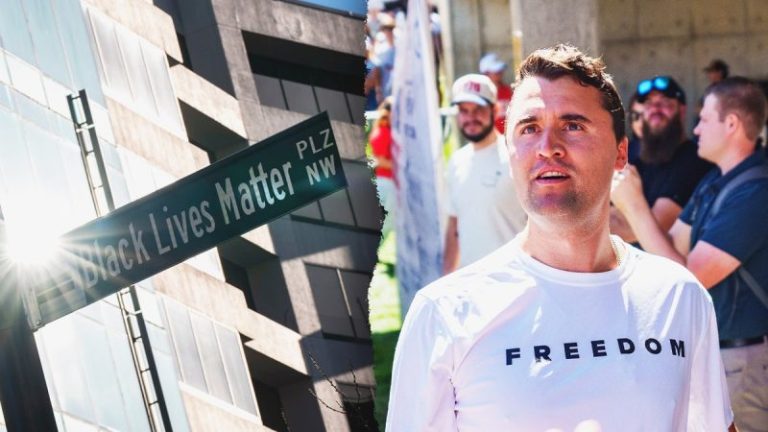MINNEAPOLIS, Minn. – One would think that running a profitable legal marijuana industry would be just about the easiest thing in the world, but don’t tell that to the Democrat leadership of Minnesota, which allowed wokeness and apparent corruption to grind their legalization rollout into dust.
Wherever one lands on the benefits or increasingly evident harms of marijuana legalization, once a state decides to do it, it has a responsibility to do it in a way that most benefits all the citizens. Of course, Gov. Tim Walz and the Minnesota Democrats made it all about social equity.
The 2023 legalization legislation mandated that for a year and a half, only Indian reservations could obtain licenses, a form of reparations similar to when New York mind-numbingly mandated that only people with previous marijuana convictions could open stores.
The upshot is that today, several dispensaries in the state have no product and others have a dwindling supply. One dispensary operator told me with a sigh, ‘We might get a new supply next week.’
And that’s not all, because the state has not approved enough licenses for transporting the product, much of it is sitting at farms, unable to get to market.
But the worst part of this, one very much related to the current scandal over fraud committed by Somali groups supposedly feeding kids, is that the legislation provides millions of dollars in grants and loans to start weed shops based on wokeness and DEI.
For example, the CanStartUp program ‘is a loan program available to new cannabis microbusinesses,’ in which a non-profit hands out the taxpayer cash ‘with priority given to social equity applicants.’
‘Social Equity Applicants,’ can be roughly read to mean no White guys.
Dr. Scott Jensen, one of several Republicans seeking to stop Walz from winning a third term next year, said it is part of a pattern with Walz and his cronies.
‘The Walz team has repeatedly been characterized by a willingness to play political hardball by picking winners and losers, focusing on preserving voting blocks, rewarding loyalty over competence, ignoring employee input, and squashing transparency,’ Jensen told me.
John Nagel, a former state trooper running as a Republican against Rep. Ilhan Omar, D-Minn., had a harsher assessment.
‘Minnesota Democrats are recreating the exact conditions that led to the Feeding Our Future scandal, only this time they’re doing it inside the state’s new marijuana industry,’ he said. ‘When you look at the pattern, it’s unmistakable. The same political class that let Feeding Our Future flourish is now designing the cannabis market using the same toolkit—DEI language as political cover, nonprofit intermediaries with insider ties, and almost no accountability.’
He’s got a point. Why does Minnesota need to hand out millions of dollars to nonprofits to teach people how to sell weed? It’s not hard, just hang up a sign and ring up the sales.
This kind of corruption is nothing new. In the 1920s, Democratic Party machines gave out no-show patronage jobs down at the docks. Today, they hand out needless multimillion-dollar DEI contracts. It’s the same game.
The job of the government is to make things run efficiently for all citizens, not to infuse every project or policy with DEI initiatives that are little more than payoffs to loyal voter groups. Nationwide, the amount of money shelled out for this nonsense is in the billions.
In the wake of the Feeding our Future scandal, it is obvious that the nonprofits involved in this DEI weed initiative must be investigated. How can anyone now trust that the money isn’t being abused?
The cherry on top of this abysmal situation is that the inability of legal dispensaries to serve their clientele is driving people back to the black market, which will result in increased marijuana arrests, the very thing this legislation was meant to prevent in the first place.
It’s honestly amazing.
Meanwhile, few people here in the Land of 10,000 Lakes even know any of this is happening, because the local news media, which simply calls this all a ‘logistics problem,’ acts more like accomplices than arbiters of truth.
Walz and the Democrats in Minnesota have no more benefit of the doubt when it comes to shady laws that shower money on DEI-driven nonprofits. It’s time to see where these millions of dollars to train up the next generation of cannabis workers really went.
Perhaps the state can show that spending these millions of dollars had some positive result for Minnesota, but right now, it seems far more likely that the money just went up in smoke.










